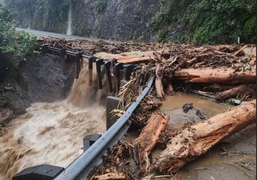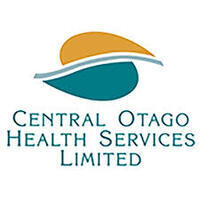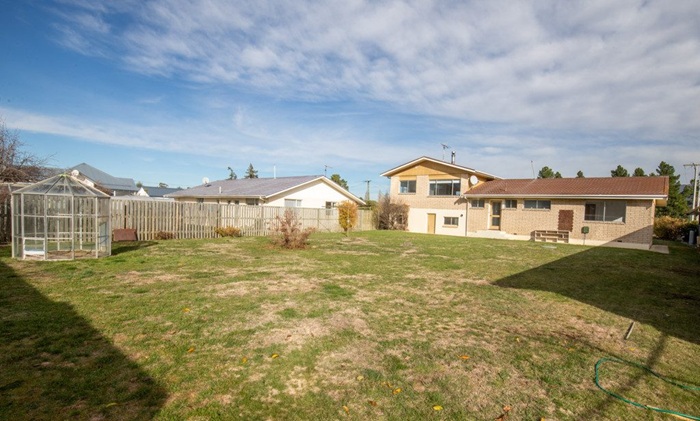Deadline for Local Water Done Well submissions
05 June 2025, 6:00 PM
 Friday 5pm (today) is the last day to have your say on Local Water Done Well.
Friday 5pm (today) is the last day to have your say on Local Water Done Well.There’s only one day left to have your say on the future of Central Otago’s water services delivery model, and economist Brad Olsen has voiced his support for the Southern Water Done Well model.
At a recent meeting of Southern Water Done Well (SWDW) political leaders, Brad underscored the reality that change was unavoidable.
SWDW’s four partner councils – Waitaki, Gore, Central Otago, and Clutha district councils – were presently consulting on three options for the future delivery of water services to meet the Government’s Local Water Done Well legislation.
Their preferred delivery model was a jointly owned council controlled organisation (CCO).
Brad said that model offered the best pathway to pathway to safe, reliable water services and long-term financial benefits for the southern region.
“Status quo is just not going to cut it anymore. And if it does, it’ll become so expensive that the community won’t tolerate it … the Government clearly isn’t tolerating it already.
“So, effectively, things need to change.”
One of the most compelling advantages of SWDW’s preferred model was the leap in bargaining power it delivered. Individually, the four councils each represented just 1% to 2% of the South Island’s population, placing them 13th to 18th out of 23 South Island councils, in terms of scale.
However, by forming a jointly owned council-controlled organisation, they collectively moved into the fourth-largest position, representing 6.6% of the South Island’s population.
“That shift in scale is transformative,” he said.
“It gives councils and their communities far greater influence when negotiating with contractors, accessing skilled staff, and securing funding. In a tight infrastructure market, scale gives you options and leverage.”
Even greater efficiencies would be gained if other councils were accepted into a jointly owned CCO at some point in the future.
Brad noted SWDW's deliberately conservative approach to financial modelling for the jointly owned CCO and emphasised the importance of looking long-term.
While short-term financial gains may be modest, water assets were long-term (20 years+) and by year 20, modelling for other joint water services delivery entities had shown potential savings of up to 20% compared to going it alone, he said.
Just as significantly, the joint approach improves\d resilience, attracted talent, and helped councils meet more demanding compliance standards without overburdening local ratepayers.
Olsen believed there was potential for even greater gains beyond initial projections.
“We’ve reviewed the assumptions, and they’re conservative. That’s appropriate, given the significant changes that have to happen, but even under these conservative assumptions, the numbers still stack up.”





